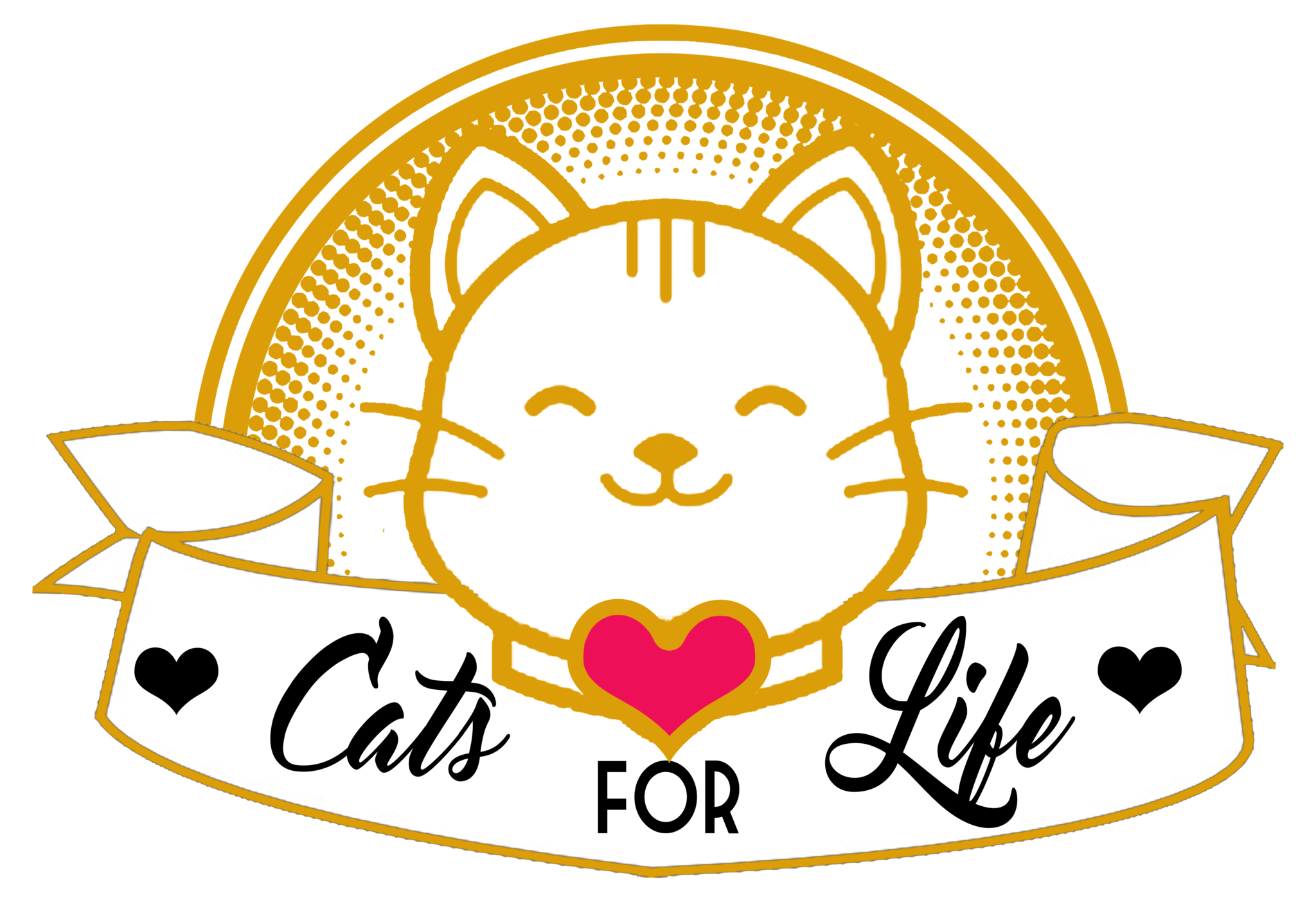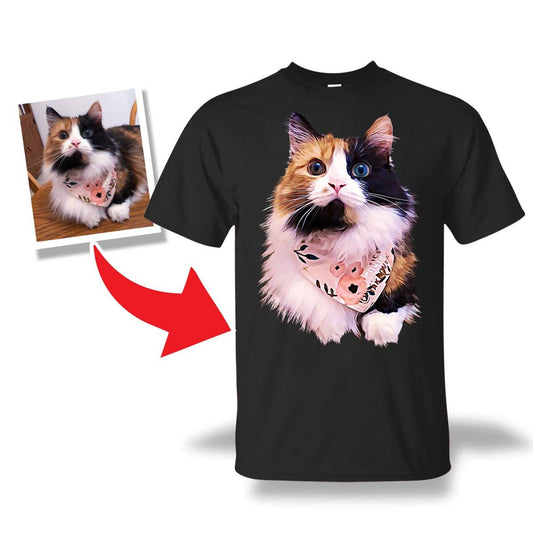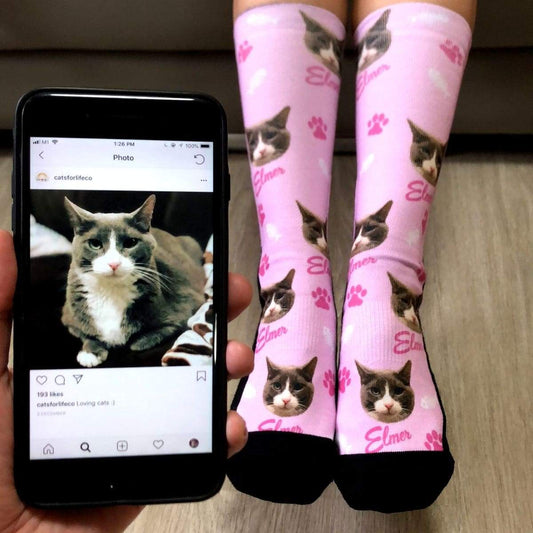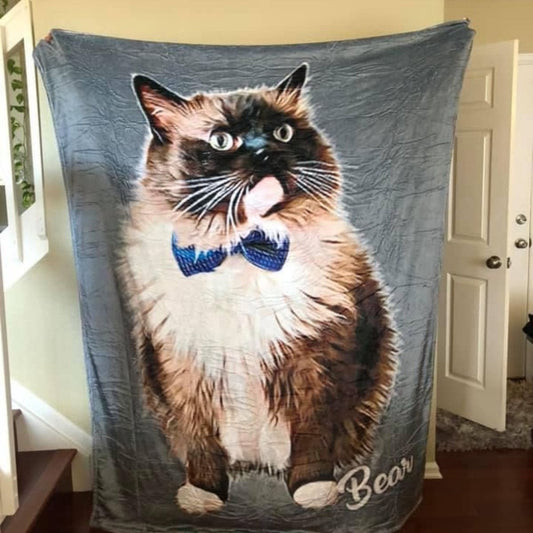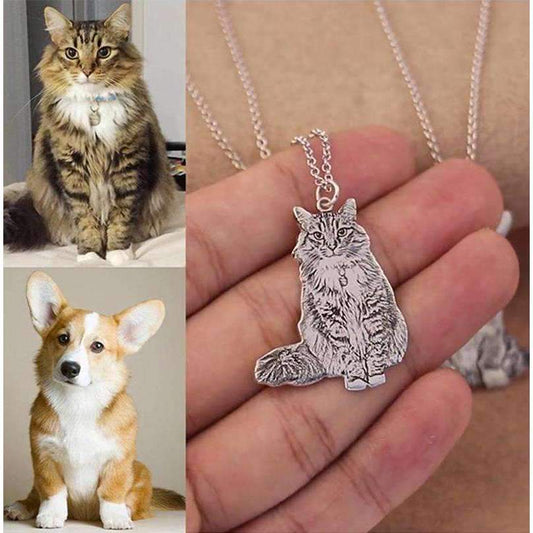Cats are unique creatures with specific dietary and hygiene needs. As a responsible cat owner, it's essential to understand and cater to these needs to ensure the health and happiness of your feline friend. This guide will provide valuable insights into selecting the right cat food and litter, covering everything from nutritional requirements to litter box maintenance.
Key Takeaways
- Understanding your cat's nutritional requirements is crucial for providing a balanced and healthy diet.
- Consider your cat's preferences and any special dietary needs when choosing the right cat food.
- Reading and understanding cat food labels is essential for identifying high-quality and suitable options.
- Factors such as dust level, odor control, and texture should be considered when selecting cat litter.
- Regular cleaning and proper maintenance of the litter box are essential for your cat's comfort and hygiene.
Understanding Your Cat's Dietary Needs

Identifying your cat's nutritional requirements
Understanding your cat's nutritional needs is crucial for their overall health and wellbeing. Cats are obligate carnivores, which means that they require a diet high in animal proteins to thrive. Unlike omnivores, cats have specific dietary requirements that must be met through their diet.
- Protein: Essential for growth, repair, and maintenance of body tissues.
- Fats: Provides energy, helps absorb vitamins, and maintains healthy skin and coat.
- Carbohydrates: Not a primary requirement, but can be used for energy.
- Vitamins and Minerals: Crucial for various bodily functions and preventing deficiencies.
It's important to ensure that your cat's diet is not only rich in protein but also balanced with the right amount of fats, carbohydrates, vitamins, and minerals. Overlooking any of these can lead to health issues.
Always consult with a veterinarian to determine the specific nutritional needs of your cat, as these can vary based on age, health status, and activity level. Tailoring your cat's diet to their unique requirements will help them lead a healthy and happy life.
Choosing the right ingredients for your cat's diet
Selecting the right ingredients for your cat's diet is crucial for their health and well-being. Protein is the cornerstone of a nutritious cat diet, typically sourced from meats like chicken, turkey, fish, or beef. Cats also require certain amino acids, such as taurine, which are essential for heart health and vision.
Fats are another important component, providing energy and helping with the absorption of vitamins. Look for foods that contain omega-3 and omega-6 fatty acids to support skin and coat health. Carbohydrates should be present in smaller amounts, as cats have limited ability to digest them. However, they can be a source of energy and fiber, which aids in digestion.
It's essential to balance these ingredients to match your cat's life stage and activity level. Kittens, adult cats, and seniors have different nutritional needs.
Here's a list of ingredients to look for in a quality cat food:
- High-quality animal protein (chicken, turkey, fish, beef)
- Amino acids (like taurine)
- Fats (preferably from animal sources)
- Omega-3 and Omega-6 fatty acids
- Limited carbohydrates
- Vitamins and minerals
Always ensure that the cat food you choose does not contain fillers, artificial preservatives, or coloring, as these can be harmful to your cat's health.
Understanding the importance of balanced nutrition
A balanced diet is crucial for maintaining your cat's health. Cats require a mix of proteins, fats, carbohydrates, vitamins, and minerals to thrive. An imbalance can lead to weight issues, skin problems, or more serious health conditions.
Essential nutrients that must be present in your cat's diet include:
- Taurine: an essential amino acid for heart and eye health
- Arachidonic acid: a fatty acid vital for skin and coat quality
- Vitamins A and E: for a strong immune system and antioxidant properties
It's important to remember that each cat is unique, and what constitutes a balanced diet can vary based on age, health, and activity level. Always consult with your veterinarian to tailor your cat's diet to their specific needs.
While commercial cat foods are formulated to meet these nutritional standards, it's essential to verify the quality and quantity of these nutrients in your cat's food. Regularly reviewing your cat's diet with a vet can help ensure they are getting the balanced nutrition they need for a long and healthy life.
Selecting the Best Cat Food for Your Feline Friend

Evaluating different types of cat food
When selecting the best cat food for your feline friend, it's crucial to evaluate the different types available on the market. Dry food, wet food, and semi-moist food each offer distinct benefits and can cater to various dietary preferences and health requirements.
- Dry Food: Convenient and cost-effective, good for dental health.
- Wet Food: High moisture content, beneficial for hydration.
- Semi-Moist: Balance between dry and wet, often more palatable.
It's essential to consider your cat's life stage, activity level, and any health issues when choosing between these types. A kitten's growing body, for example, has different nutritional needs compared to a senior cat.
Remember that no single type of cat food is universally superior. Your cat's individual needs should guide your decision, and it may be worthwhile to consult with a veterinarian to ensure the chosen diet supports optimal health.
Reading and understanding cat food labels
Deciphering cat food labels is crucial for providing your cat with the best nutrition. Ingredients are listed in descending order by weight, which means that the first few ingredients are the most prevalent in the formula. Look for high-quality protein sources, such as chicken or fish, at the top of the list.
It's essential to pay attention to the guaranteed analysis on the label, which provides the minimum percentages of crude protein and fat, along with the maximum percentages of crude fiber and moisture.
Understanding the nutritional adequacy statement is also important. This statement indicates whether the food is 'complete and balanced' for a particular life stage of a cat, such as growth, reproduction, or maintenance. Here's a quick guide to some common label terms:
- Complete: Contains all the nutrients required.
- Balanced: Nutrients are in the correct ratios.
- Maintenance: For adult, non-reproducing cats.
- Growth: For kittens and pregnant or nursing cats.
Remember, while labels provide valuable information, they are just a starting point. Your cat's individual needs may vary, so consider consulting with a veterinarian for personalized advice.
Considering special dietary needs and restrictions
When selecting cat food, it's crucial to consider any special dietary needs or restrictions your feline may have. Cats with health issues such as allergies, kidney disease, or diabetes require tailored diets.
- Allergies: Look for hypoallergenic formulas that avoid common allergens like beef, dairy, and wheat.
- Kidney Disease: Choose foods with lower protein and phosphorus levels.
- Diabetes: Seek out high-protein, low-carbohydrate options.
Always consult with your veterinarian to determine the best diet for your cat's specific health concerns.
Remember that sudden changes in diet can upset your cat's digestive system. Gradually introduce new foods over several days to allow your cat to adjust.
Choosing the Right Litter for Your Cat's Comfort

Understanding the different types of cat litter
When it comes to cat litter, there are several types to choose from, each with its own benefits and drawbacks. Clumping clay litter is popular for its ease of cleaning, as it forms solid clumps when your cat urinates, which can be scooped out. However, it can be quite heavy and may produce dust that isn't suitable for cats or humans with respiratory issues.
Silica gel litter, made from tiny beads of silica, is highly absorbent and provides excellent odor control. It's lighter than clay litter and produces less dust, but it can be more expensive and some cats may not like the texture.
Biodegradable litters, such as those made from recycled paper, wood, or corn, are environmentally friendly options. They are often dust-free and lighter than clay, but may not control odor as effectively and can vary in absorbency.
Choosing the right type of litter for your cat is crucial for their comfort and your convenience. Consider your cat's preferences, any allergies or sensitivities, and your own priorities for sustainability and ease of maintenance when making your selection.
Factors to consider when selecting cat litter
When choosing the right litter for your cat, several factors come into play that can significantly affect both your pet's comfort and your ease of maintenance. Texture and material are crucial, as some cats prefer finer grains, while others may favor a more pellet-like consistency. The litter's absorbency and clumping abilities are also important, as they determine how well it will control odor and moisture.
- Texture/Material: Some cats have a preference for certain textures, which can range from fine sand to larger pellets.
- Absorbency: High absorbency helps in keeping the litter box dry and odor-free.
- Clumping: Clumping litters make it easier to remove waste, but some cats may not like the texture.
- Dust Production: Low-dust options are better for respiratory health.
- Odor Control: Some litters are infused with odor eliminators or baking soda to help control smell.
- Eco-friendliness: Biodegradable litters are available for environmentally conscious pet owners.
Remember, your cat's preference is paramount. It may take some trial and error to find the perfect match, but observing your cat's behavior towards different litters can guide you to the best choice. The goal is to find a litter that your cat will use consistently and that you can manage easily, ensuring a clean and pleasant environment for both of you.
Maintaining a clean and odor-free litter box
Keeping your cat's litter box clean is crucial for the health and happiness of your feline friend. Regular cleaning prevents the buildup of harmful bacteria and odors, ensuring a sanitary environment for both your cat and your home.
- Remove waste daily to minimize odors and maintain cleanliness.
- Replace the litter completely and wash the box with mild detergent weekly.
- Consider using litter deodorizers or baking soda to neutralize odors.
A clean litter box is more inviting to your cat, reducing the likelihood of accidents elsewhere in the house. It's also essential for monitoring your cat's health, as changes in waste can indicate potential health issues.
Conclusion
In conclusion, selecting the right cat food and litter is essential for the health and well-being of your feline companion. By considering factors such as nutritional content, ingredients, and your cat's preferences, you can make informed decisions to provide the best care for your beloved pet.
Frequently Asked Questions
What are the common dietary requirements for cats?
Common dietary requirements for cats include protein, essential fatty acids, vitamins, and minerals. Cats are obligate carnivores, so protein is especially important in their diet.
How can I tell if my cat has special dietary needs?
Signs of special dietary needs in cats may include weight loss, excessive shedding, skin problems, and digestive issues. Consult with your veterinarian for a proper diagnosis.
What should I look for when reading cat food labels?
When reading cat food labels, look for a named protein source as the first ingredient, balanced nutrition, and the absence of artificial additives and fillers.
What types of cat food are available and how do I choose the best one?
Cat food options include dry, wet, and semi-moist. Consider your cat's preferences, age, health condition, and dietary requirements when choosing the best cat food.
What are the different types of cat litter and their benefits?
Common types of cat litter include clumping, non-clumping, silica gel, and natural. Each type has its own benefits in terms of odor control, absorption, and ease of cleaning.
How often should I clean my cat's litter box?
It's recommended to scoop the litter box at least once a day and completely change the litter and clean the box once a week to maintain cleanliness and prevent odor buildup.
